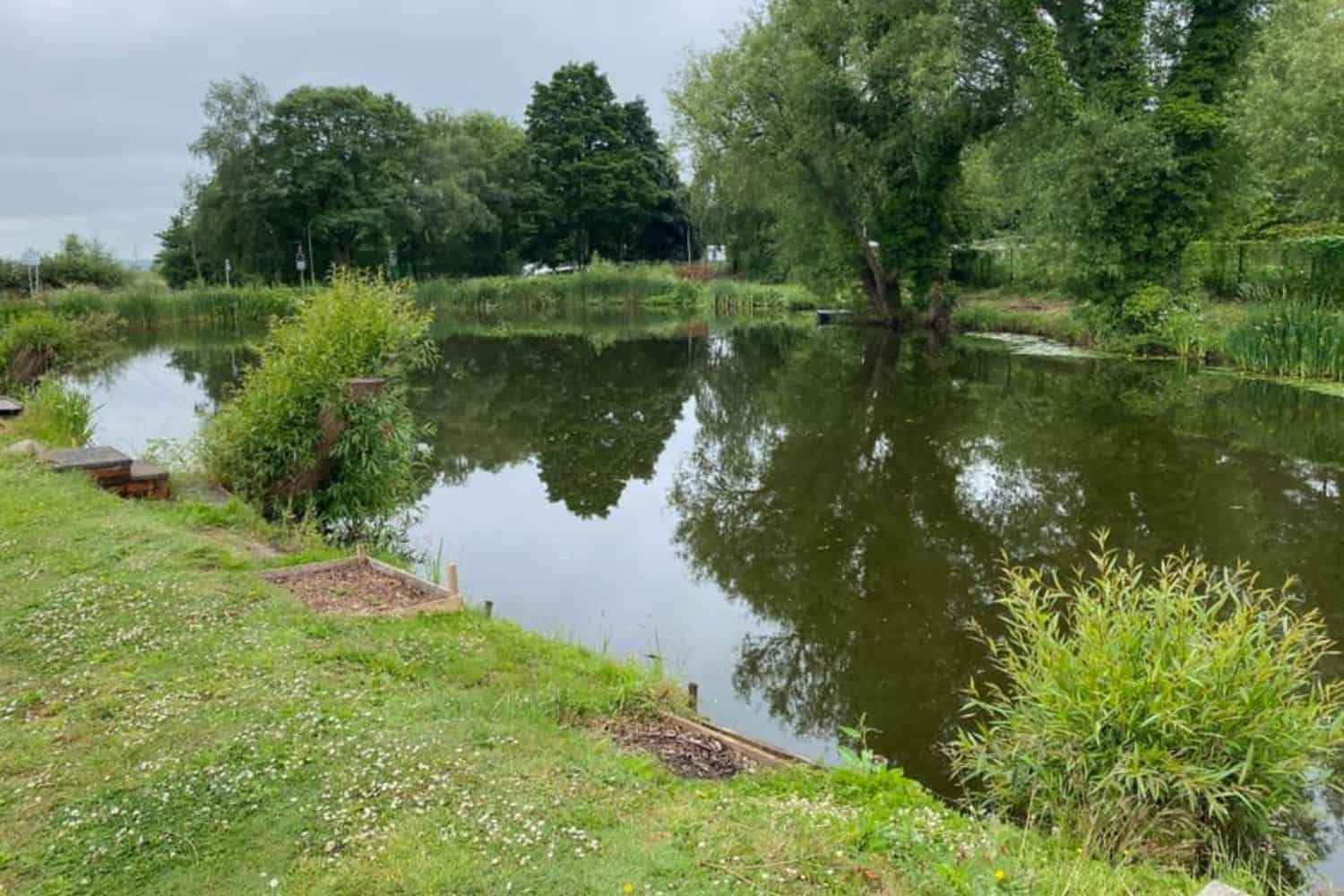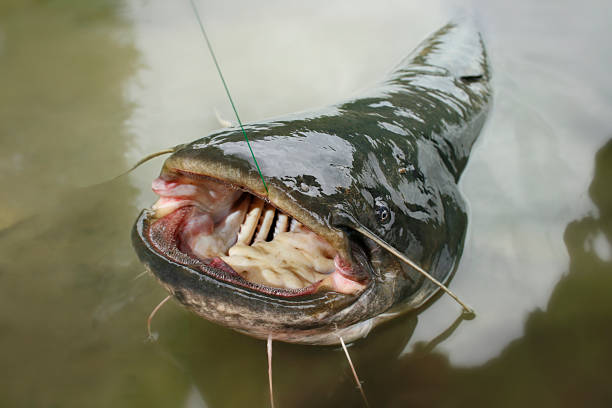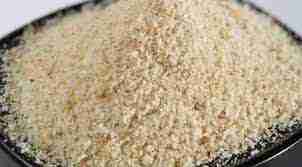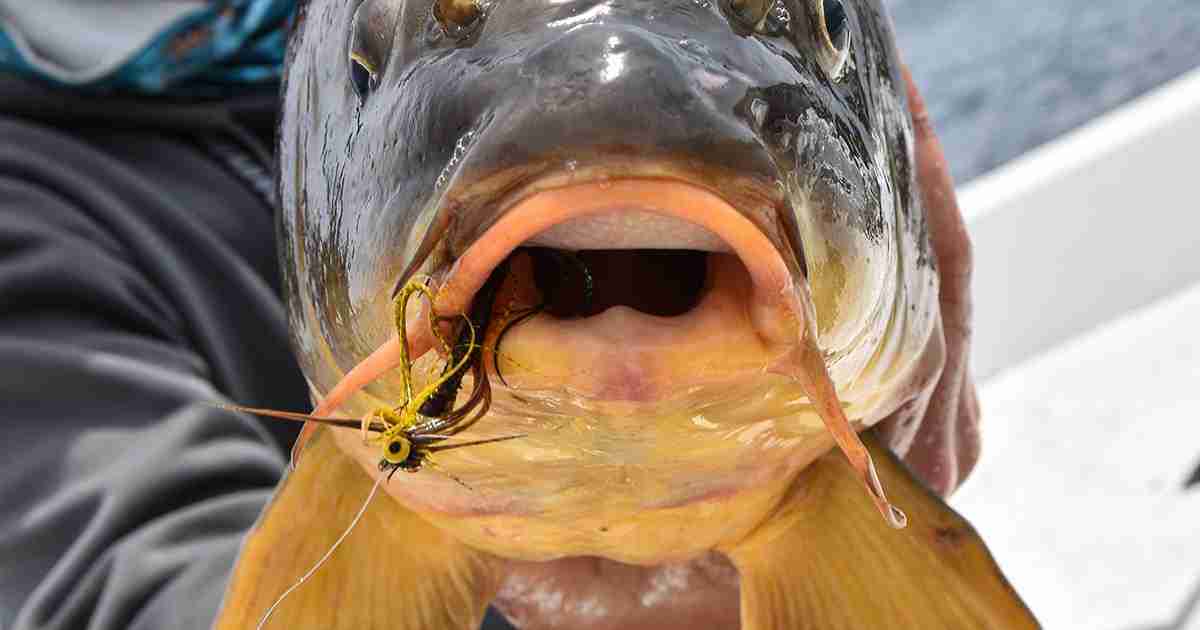
Carp Hooks Types | How to knit fishing knots | Hook sizes and catch sizes

9 min read
Welcome to our guide on carp hooks, knitting fishing knots, hook sizes and catch sizes! Whether you are a beginner angler looking to get started with carp fishing or an experienced angler looking to fine-tune your technique, there is always something new to learn.
In this guide, we will be sharing information on the different types of carp hooks that are commonly used for carp fishing, how to knit a variety of useful fishing knots, and how to select the right hook size for the fish you are targeting.
So let’s get started and learn about carp hooks, fishing knots, hook sizes, and catch sizes!
Carp Hooks Types
Carp Hooks Types:
-
Carp hooks: Specifically designed for fishing carp. Made with thicker gauge wire and wide gape for larger carp.
-
Circle hooks: Designed to hook the fish in the corner of the mouth. Good for catch-and-release fishing. Often used with hair rigs.
-
Beaked hooks: Suitable for fishing with boilies. Longer, pointed hook point for easy penetration of boilie’s hard outer layer.
-
Micro barbed hooks: Ideal for fishing with small baits. Small barb holds bait securely without tearing it up.
-
Wide gape hooks: Have a larger gap between hook point and shank. Great for fishing with larger baits.
-
Barbless hooks: Hooks without a barb, minimizing harm to fish and enabling easier hook removal.
-
Hair rigs: Not hooks, but important in carp fishing rigs. Bait attached to hair or small length of line, giving carp more time to take the bait.
How to knot fishing knots:
Here are a few popular fishing knots for carp fishing:
-
Palomar Knot:
- Double 6-8 inches of line and pass through the eye of the hook.
- Tie an overhand knot with the doubled line, but don’t tighten it.
- Pass the hook through the loop formed and tighten the knot.
-
Knotless Knot (for hair rigs):
- Slide a bait stop onto the line.
- Thread the line through the eye of the hook and double it back.
- Make 5-7 turns around the shank of the hook with the doubled line.
- Pass the end of the line and the bait stop through the loop formed.
- Moisten the knot and tighten slowly.
-
Blood Knot (for connecting line to line):
- Overlap the ends of the lines you want to join.
- Take the tag end of one line and make 5-7 wraps around both lines.
- Pass the tag end through the loop formed near the overlap.
- Moisten the knot and tighten slowly, trimming any excess line.
Hook sizes and catch sizes:
Hook sizes for carp fishing range from small to large, with smaller hooks having higher numbers (e.g., 10, 12) and larger hooks having lower numbers (e.g., 2, 4).
The catch size of carp can vary greatly depending on the location, fishery regulations, and personal preferences. Carp can range from a few pounds to well over 50 pounds. It’s important to check local fishing regulations and guidelines to know the specific catch size limits for carp in your area.
Remember to always handle fish with care and practice catch-and-release when necessary to preserve the fish populations and ensure sustainable angling.
Taking into account the characteristics of the fish, hooks for carp fishing and other gear with all the secret approaches to them are selected.
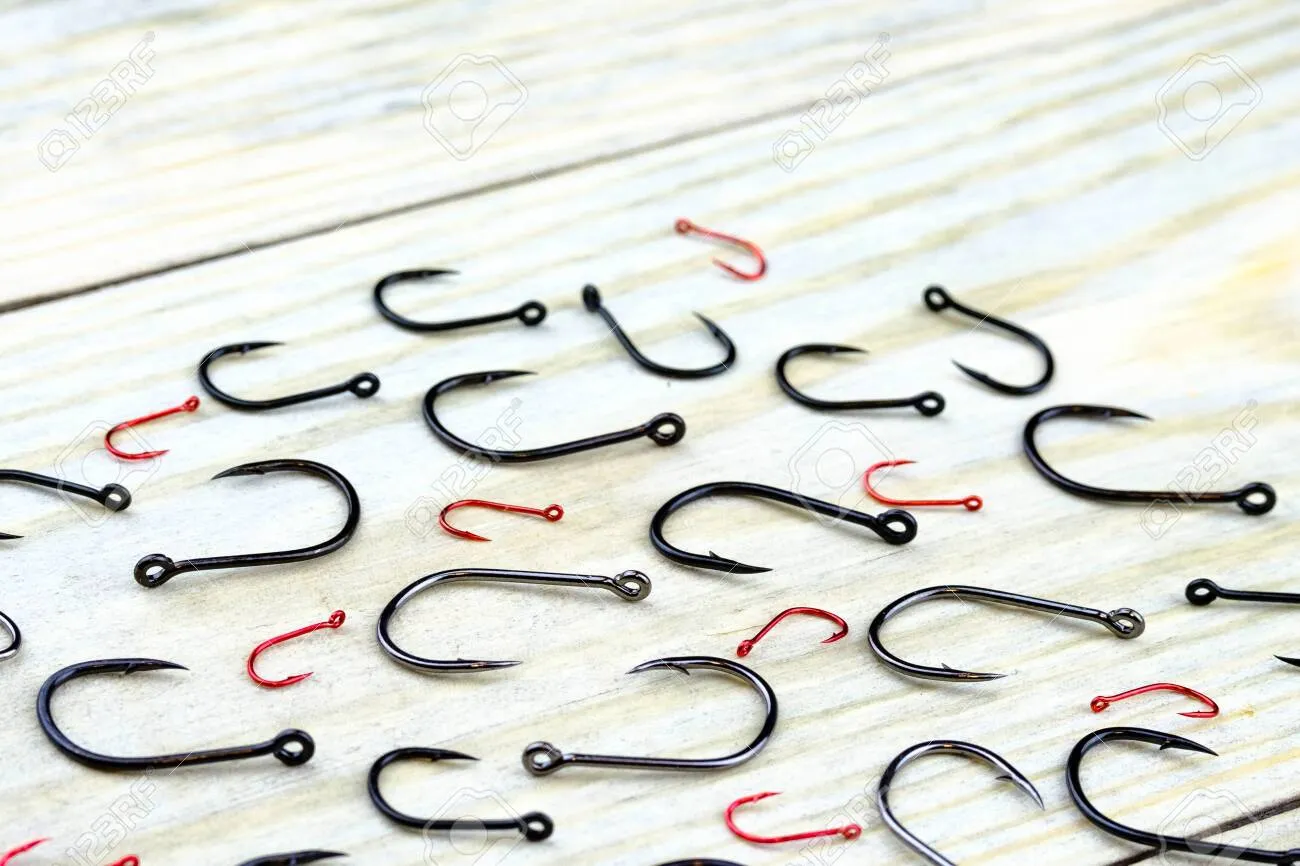
Fishing, as you know, is a serious matter and thorough preparation is required in order to return home with a catch.
Hook size: Carp hooks come in various sizes, ranging from smaller sizes like 10 or 12 to larger sizes like 2 or 4. The size of the hook will depend on the size of the carp you are targeting and the size of the bait you are using.
Hook strength: Carp can be strong and powerful fish, so it is important to choose a hook that is strong enough to handle their size and fight. Look for hooks that are made with a strong and durable material, such as high-carbon steel.
Hook sharpness: Sharp hooks are essential for effectively hooking and landing carp. Blunt or dull hooks may not penetrate the fish’s mouth properly, resulting in missed bites. Check the sharpness of the hooks before each fishing trip and sharpen them if necessary.
Hook color and camouflage: Some anglers believe that using hooks that blend in or match the color of the bait can increase the chances of attracting carp. Consider using hooks with a coating or finish that matches the environment or the bait being used.
Carp hooks must meet certain requirements:
- The sharpness of the sting, it’s high-quality sharpening.
- Coating with paint to make it invisible in the water, camouflage.
- A characteristic feature of the metal, is its strength.
- Size and shape.
- Device.
The quality of the metal from which the carp hook is made affects its strength, which means that the cost is directly dependent on the quality. For example, fishing gear from the well-known manufacturer Gamakatsu, made of steel with a high carbon content without impurities, is of better quality than budget varieties. With all the admiration for fishing, with all the excitement, you need to keep a lot in mind.
The size of the carp hook and its shape is interconnected with the choice of the boilie nozzle. The fishing gear must be sharp, durable, grippy, and inconspicuous.
By shape, metal rods with curved ends are divided as follows:
- In the classic form, where the eyelet and forearm are on the same plane, the tackle is the least traumatic;
- The device with a short forearm;
- With a long forearm and a sting bent inward;
- With a straight forearm and an eyelet bent inward;
- With a curved forearm and a straight sting;
- With an ear bent to the sting;
- Bananas are considered the modern, best form, but this tackle injures the fish.
To the knowledge of all the features of the equipment will be added success and pleasure, familiar only to the earner, the man.
Carp Hook size and catch size
The size of the hook you use can have an impact on the size of the fish you are able to catch. In general, a larger hook size is better for catching larger fish, while a smaller hook size is better for catching smaller fish.
The relationship between hook size and catch size is not a perfect correlation, however, as there are many other factors that can affect the size of the fish you are able to catch.
For example, the type and size of the bait you are using, the strength and sensitivity of your line and rod, and the technique and tactics you are using can all impact the size of the fish you are able to catch.
When selecting a hook size, it is important to consider the size of the fish you are targeting, as well as the size and type of bait you are using. A hook that is too small may not be able to hold onto larger fish, while a hook that is too large may be difficult to set in the mouth of smaller fish.
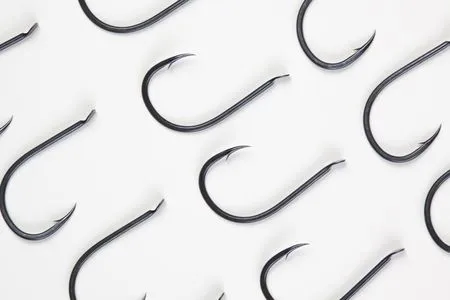
Which one is better to take depends on the circumstances:
- Depending on the bottom relief, which can be soft silt or grassy carpet.
- Fish are inactive.
- The fact that the lips of the fish are thick and hard is taken into account.
- The nature of the bite.
- Even the property of the metal used affects the result.
By design, hooks come with a ring-shaped eye or a spatula. Connoisseurs say that in order to get a trophy, you need a ring, this is the most reliable tool. The most durable hooks are suitable for carp, more often tackle is specially made by forging. Fishermen are more willing to use items of numbers from 2 to 8 in their practice. But there is no single solid numbering system. The rods are also different. Catching carp on a feeder is notable for an unusual rod. The flexible upper part of the rod is a kind of bite indicator.
A large hook holds the prey more securely, but a small one is more effective at the moment of biting. A reasonable match between the size of the nozzle and the size of the hook contributes to success.
How to knit fishing knots
Successful fishermen know and can do a lot, including securely attaching a hook to a line. Novice anglers will have to learn how to knit fishing knots if they want to bring home carp and carp.
Knots are different, in each case the most convenient way to tie a hook is used. About 15 types of fishing knots are known, you can learn how to do it right from experienced fishermen, or you can use video tutorials on the Internet. We knit knots for carp, taking into account some nuances.
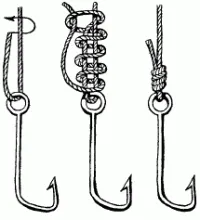
The fact is that the carp is capable of developing traction tension in the aquatic environment, and an impressive value, 4 times its own weight. A skillfully tied knot holds the hook even under pressure up to hundreds of kilograms.
With practice comes the ability to prepare tackle for carp, summer or autumn carp. The larger the dimensions of the boilie nozzle, the more weight you need to tie the hooking device.
It remains to wish for a good, rich catch! In the water, the carp is a real master, loves to eat deliciously, knows how to adapt at the bottom, get away from the bait, and lie down on its side, hiding from the net. When going for carp, you need to realistically assess your capabilities, and take into account the ability of this fish to nullify all preparations.
Conclusion
In conclusion, understanding the different types of hooks that are available for carp fishing, how to knit a variety of useful fishing knots, and how to select the right hook size for the fish you are targeting can help you become a more effective angler.
Carp hooks come in a variety of sizes, from very small to very large. The size of the fish you are trying to catch will determine the size of the hook you will need.
